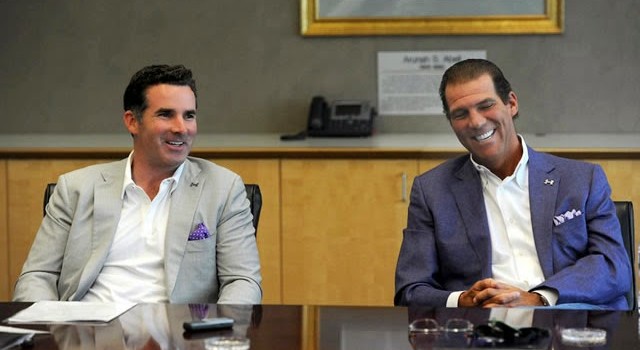The National Hurricane Center (NHC) is closely monitoring an area of low pressure in the Atlantic Ocean that could turn into a tropical cyclone within the next five days.
NHC forecasters said the “disturbance which is located several hundred miles southwest of the Cape Verde Islands is likely to form into with “tropical depression” by mid week.
They have issued an alert which said the shower activity with the low pressure area “continues to show signs of organization. Environmental conditions appear conducive for development during the next few days”.
The system was moving “west or west-northwestward” at a speed of 15 mph, with a 50 percent chance of developing into a tropical depression within 48 hours and a chance of 70 percent of developing within five days.
However according to Weather Underground blog writer Bob Henson, the system will face some obstacles before it can become a cyclone. “El Nino and a huge area of dry air and Saharan dust will weaken the storm as it approaches the Leeward and Windward Islands by the weekend” he wrote.
If it does becomes a tropical storm, the fourth tropical depression for the current Atlantic Hurricane Season which has formed more than 1,000 miles east of the Windward Islands, it will be named Danny.
In early May a tropical storm made landfall in South Carolina, after bringing extra wet weather conditions into Central Florida; Tropical Storm Bill formed in June hitting Texas, and Tropical Storm Claudette formed in July, before bringing heavy rain to Newfoundland and its environs before breaking down.
The series of storms comes not long after the Hurricane Center updated its 2015 season outlook, which increased the likelihood of a below-average year to 90 percent from 70 percent. This was the strongest prediction of a below-average season in the center’s prediction history.
The average season has 12 named storms, with six being hurricanes and experts for this season are now predicting six and 10 named storms, with four possibly being hurricanes.









